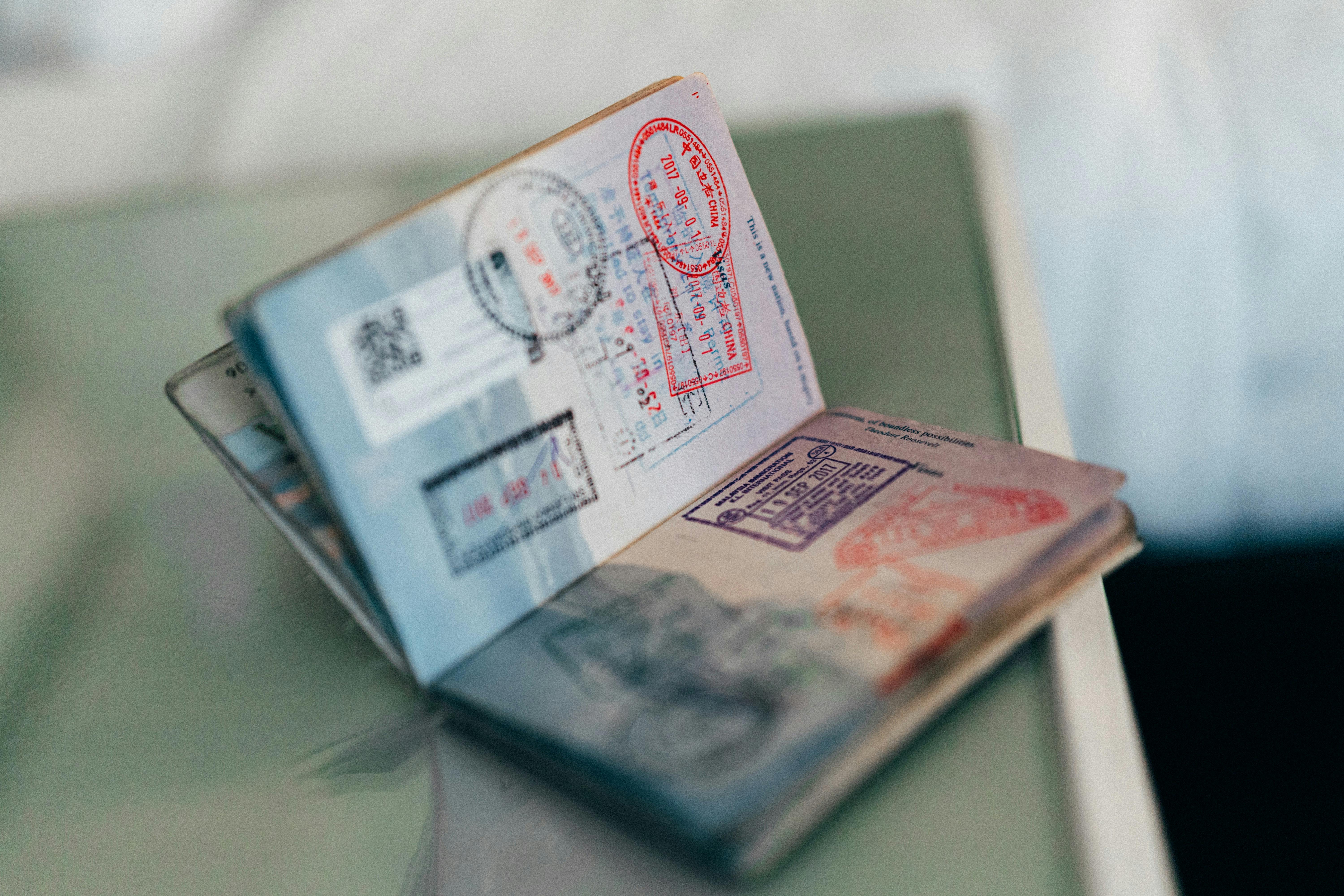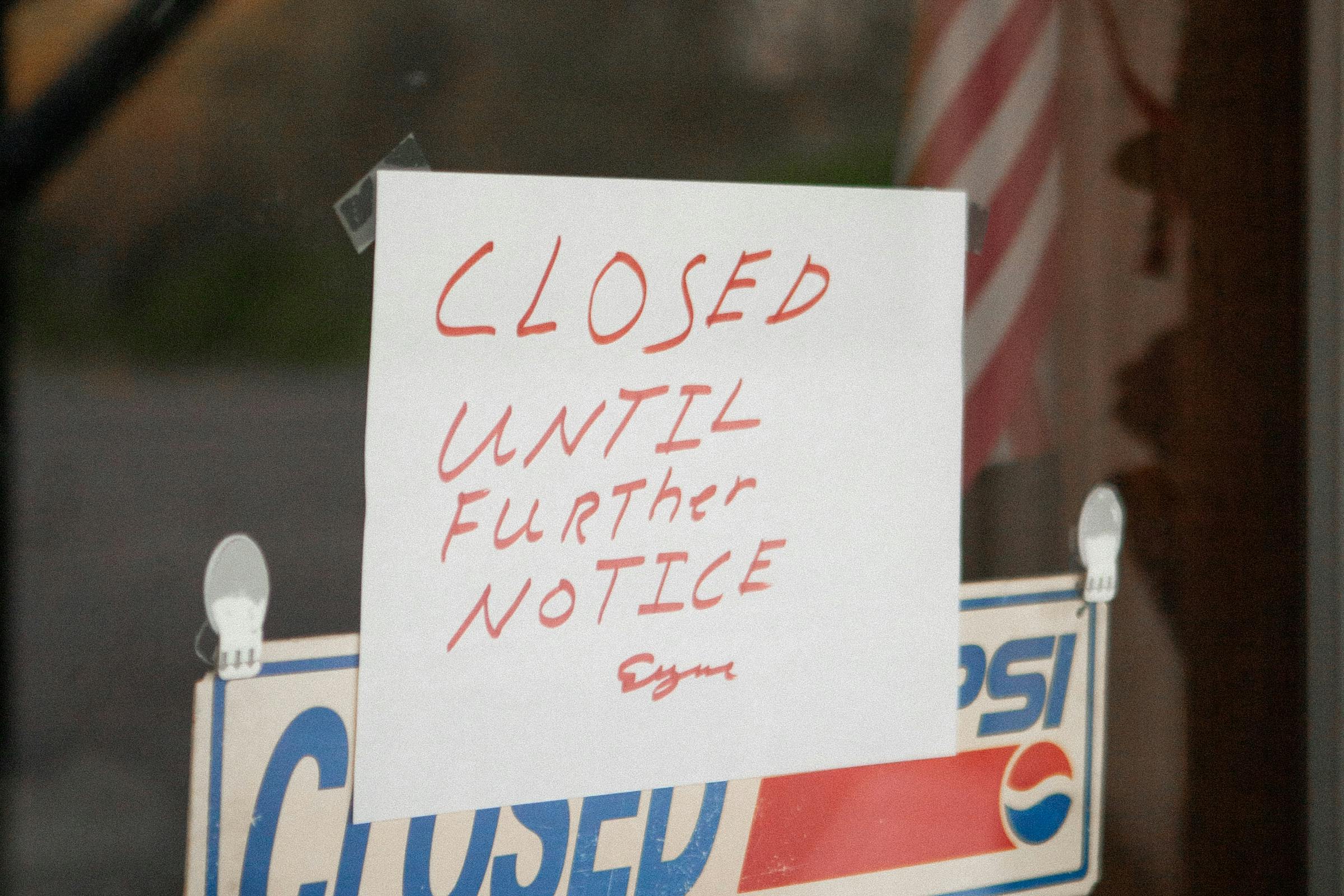First, the Form DS-160
After you receive your initial visa approval, head to your nearest Department of State and request a Form DS-160. You can only complete this online at the DoS.
You’ll receive a confirmation form with a 10-digit barcode when you've finished. Print this confirmation form and don’t lose it. You’ll need it when you attend the scheduled interview that comes before your official entry into the U.S.
Pay Your Fees and Schedule Your Appointment
You'll have to schedule two appointments when all your fees are taken care of. The first one is with the Offsite Facilitation Center to provide your visa photos and personal biometrics. The second is with the consulate or embassy. These must be scheduled within at least two days between appointments.
When you file the H-1B application, the USCIS processes the fee electronically, after which time you can schedule your appointment. To do this, go to the U.S. Visa Service website and create your user profile. Choose the ‘Schedule Appointment’ option and select your payment information. After you’ve paid the fee, you can schedule your appointment, but bear in mind that the payment expires after one year.
Prepare for the H-1B Interview
Before you attend your visa interview at the consulate, verify that you have all the documentation you’ll need. Bring with you:
● Your current passport and any expired passports
● A square color photo in JPEG format with dimension of a minimum of 600 x 600 pixels, maximum of 1200 x 1200 pixels (the maximum digital size is no more than 240 kilobytes)
● The DS-160 visa application confirmation page with the VAC stamps
● Your visa application receipt
● All documents related to your petition
● Your appointment letter
● Additional information that you believe may help you during the interview
● The original H-1B visa 1-797 form approval notice
● The H-1B classification supplement form
● The employment verification letter
● The approved Labor Condition Application (LCA)
● An employment verification letter
● Your previous three months’ pay stubs, regardless of employer
● The past three months of bank statements
● Your H-1B documents for stamping
You're ready for your appointment when you have all of these items prepared and in order. If the official doesn’t have to look for something or wait for it, you’re more likely to get fast approval. However, there are some other documents you should bring and attach to the back of your pile as a ‘just in case’ precaution.
Other Documents to Bring to Your H-1B Stamping Interview
Occasionally, USCIS requests documents that aren’t part of the ‘required’ list of things to bring. If you don’t have them, it will delay your approval request. It’s better to have these documents and not need them, so go ahead and bring with you the following:
● An updated resume or CV
● A letter of employment from your current employer
● A description of the company where you’re working and any documents that show the projects you’ve completed
● A description of the company where you’ll be working in the U.S. and any documents that prove it’s a legitimate business
● The H-1B approval from your previous employer if you’re requesting a visa transfer or extension
● The forms 1-797 A, B, or C
● Any educational documents that prove your experience and knowledge
● Your official diploma certificate or degree (or both)
● Transcripts from your undergraduate or graduate universities
● I-20s forms, if applicable
● An OPT or EAD card, if applicable
If you’re already in the U.S., you’ll also need to bring the documents you’ve received in your time there, including the client letter of employment, your driver’s license, social security card, W-2 forms, and 1040 tax returns.
Personal documents that will aid in your case consist of evidence of your residency and identity. These can include utility bills and rental agreements. Talk to your immigration attorney to ensure you have enough substantial documentation.
Preparing Your Spouse and Children's Documentation
The H-1B is one of the most popular visas because it allows you to bring your family with you to the U.S. However, you’ll also need the right documentation before your appointment for their visas to be approved.
Each family member you’re bringing with you will have an independent visa. For their approval, they’ll need:
● The original form I-797 from your application
● Your I-129
● A copy of your valid visa if the application is separate from yours
● An original marriage certificate and evidence of the marriage (photos, ceremony documents, etc.)
● The original birth certificates of each child
Each country has its own list of required documents. Your immigration attorney can ensure you’re bringing all the relevant documents that will be necessary for your interview. Always answer questions honestly and openly.
10 H-1B Stamping Must-Knows
Understandably, you have more questions about this process, as it’s complicated and unique to each person. Here are ten of the essential things you should know to help you while you’re going through the H-1B visa stamping flow.
The H-1B visa has a starting validity period of three years and can be renewed for a maximum of six years. You must request a visa extension through the USCIS.
- If you’re applying for a green card while you’re in the U.S., you can extend your stay beyond six years.
- Should you spend a large portion of time outside the U.S. when you’re under an H-1B, you can file an extension and possibly recoup that lost time if you request it and show evidence of your stay abroad.
- You can only enter the U.S. ten days before you start working, even if your visa is stamped before that.
- Your visa can be revoked if your employer requests to withdraw the petition. The I-797 and job offer must remain current, or you must go through the process to transfer the visa to a new employer.
- There is a 60-day grace period for H-1B holders who are laid off through no fault of their own. You can find new employment or transfer your visa status to another class during that time, or, if necessary, make your departure preparations.
- As an H-4 visa holder, spouses and dependents can work in the U.S. They must apply for Employment Authorization Documents.
- If you’re in the United States under another visa class and need your status changed before beginning a new job, try to get this done before you begin the new employment. If you’re outside the U.S., you’ll have to go to a consulate or embassy to get the H-1B visa class.
- You should return home to get your visa stamped if you’re in the U.S. and changing to an H-1B status. This reduces the risks and potential restrictions that occur during the interview process. If the USCIS rejects your visa at stamping, you’ll already be in your home country and can work through the rejection process with your attorney more easily.
- If time is of the essence, consider using premium processing to speed up the USCIS I-129 petition process. This doesn’t guarantee approval, but it does ensure the USCIS will process your petition within 15 days of receipt.
What’s Next?
Getting your visa stamped is the final hurdle you must overcome before entering the U.S. (or staying there on an H-1B visa). This is an important part of the process, and any mistakes can delay your approval and entry. Let Visa2US help you eliminate the complications and make your H-1B visa stamping interviews easier.














